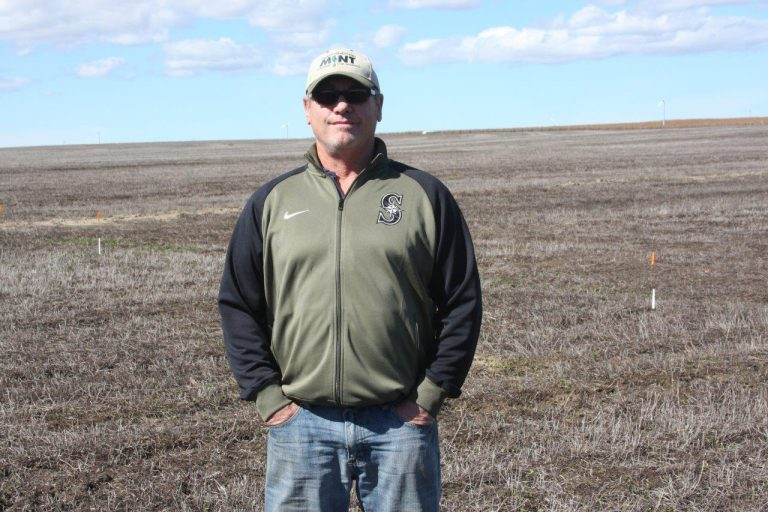Jan 20, 2022Ray Baker and his lifetime of research achievements in Washington mint
Used in everything from chewing gum to mouthwash, peppermint and spearmint oils are produced by the millions of pounds annually in Washington’s Yakima Valley and Columbia Basin.
Based at Prosser, Washington, in the heart of mint agriculture, Washington State University (WSU) research technician Ray Baker has led experiments aimed at stopping weeds and growing healthy, sustainable crops for more than three decades.
Originally hired in 1984 to hoe weeds in potato and tomato fields, Baker worked for USDA scientists at WSU’s Irrigated Agriculture Research and Extension Center for several years before WSU faculty created a grant-funded weed-science technician position with him in mind. Thirty-three years later, he’s still at it, his role increasingly focused on weed and agronomic research in spearmint and peppermint.
In December, the Washington Mint Growers Association presented Baker with its Lifetime Achievement Award for his long-term commitment and improvements in weed management and growing practices.
“Ray has earned the trust and respect of the Washington mint industry for his consistent, high-quality research,” said Professor and WSU Extension Entomologist Doug Walsh. “He’s filled an important role.”
“I was very honored,” said Baker, who has worked closely with a tight-knit group of growers, oil buyers, and end-users as well as a half-dozen WSU and USDA scientists across his career. “I’ve met a lot of great people,” and made some useful discoveries.
Over the years, Baker explored a range of challenges, such as verticillium wilt, a fungus that’s a major concern for peppermint growers, as well as potential bio-based weed controls for organic mint crops. His biggest impact has been on weeds.
While mint itself can be an aggressive plant, weeds such as prickly lettuce, mustards, and pigweed can often outcompete the crop for sunlight, water, and nutrients.
“When you harvest the mint along with weeds, some tainty flavors get into the oil during distillation,” Baker said. “You can detect the foul smells, which lower the quality and the price of the oil.”
For decades, Baker has worked with growers to identify practices and register effective herbicides that can knock down weeds without harming the crop.
“It’s a battle and a timing issue,” he said. “If you can control the weeds before the flush of mint growth in the spring, with fall or early spring dormant applications, you can get improved weed control.”
Baker figures he’s close to retirement, but not ready to quit, and continues to run experiments in mint fields near the research station and in commercial fields.
“I want to do more research trials,” said Baker, who’s joining a five-state herbicide trial examining differences by region and climate and is also continuing a project comparing different levels of water and nitrogen fertilizer on yields. He shared results with growers.
“We had higher oil yields and less hay to truck away from the plots, with the lowest amount of water applied,” said Baker, who plans to fine-tune the study and examine timing of harvest.
“I want to see if there is a better effect and get more precise with what’s going on.”
– Washington State University
Earning a lifetime achievement award from the the Washington Mint Growers Association, WSU research technician Ray Baker has helped improve agricultural practices for more than three decades. Photo: WSU

















